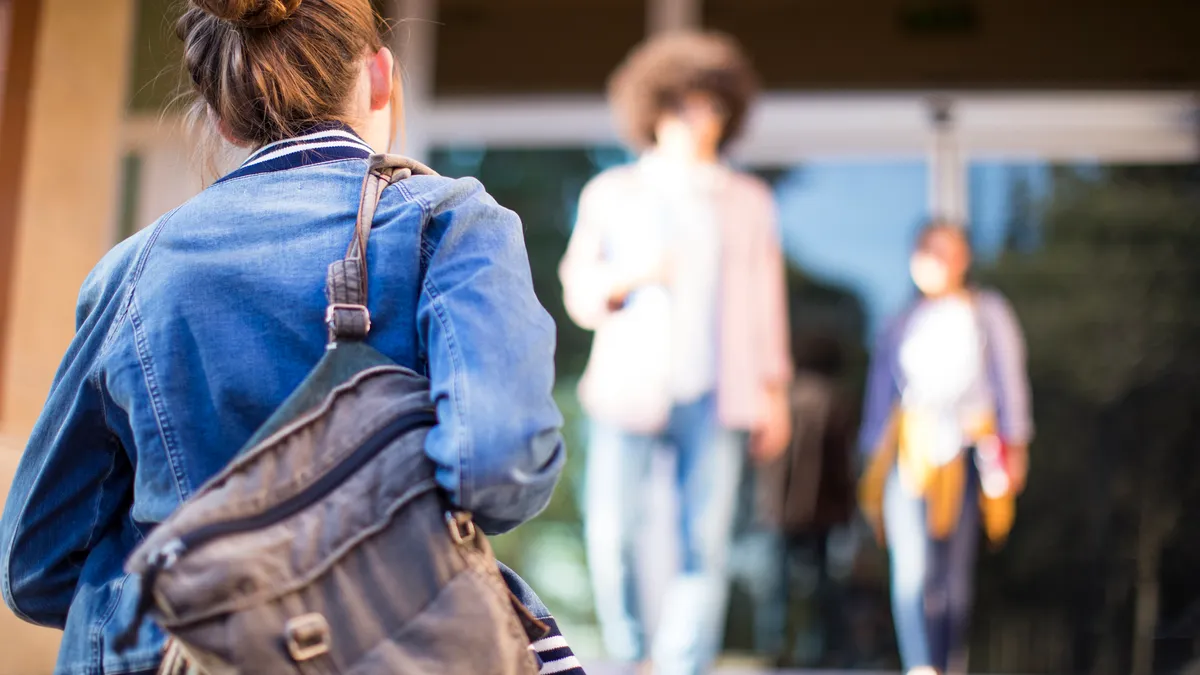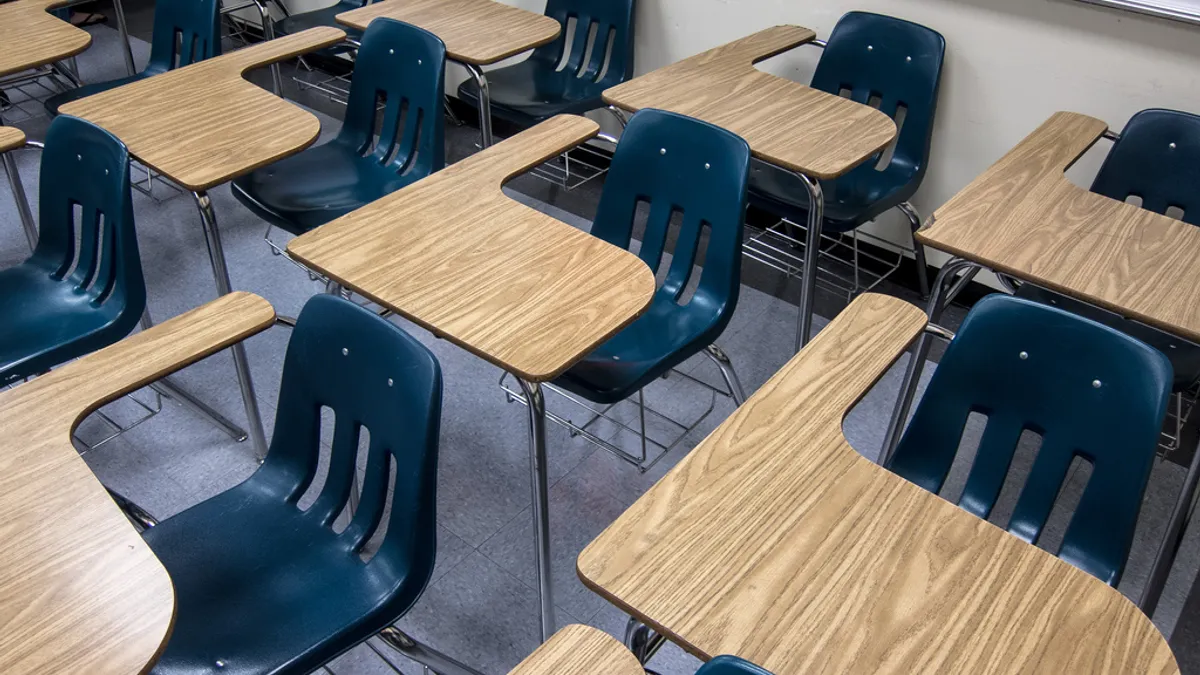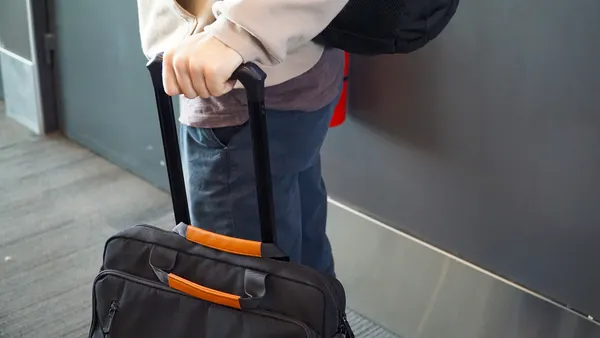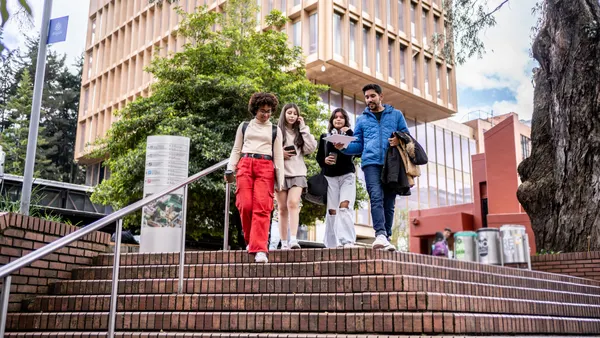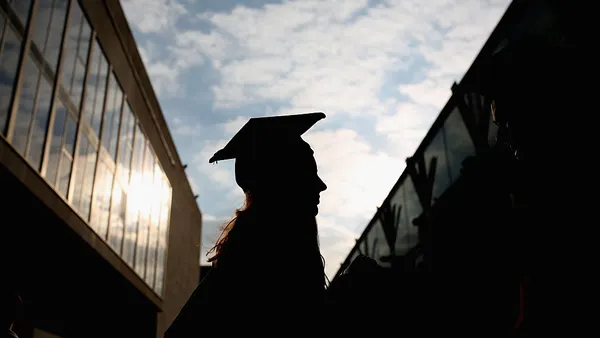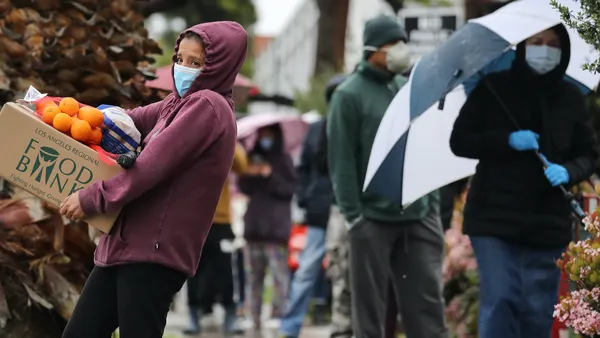Dive Brief:
- Two-thirds of students experiencing basic needs insecurity did not apply for emergency grant aid during the coronavirus pandemic, according to a new report. Written by the Hope Center for College, Community, and Justice, the report summarizes the results from surveys of 195,000 students across 202 institutions and focus groups at 23 of those schools.
- It found that students who applied and were approved for awards waited an average of 13 days to receive their aid. That included four to six days for institutions to make decisions about aid applications, up to five days for students to be notified of decisions and three to six days for them to receive funds.
- The report suggests that colleges and universities should invest in sustainable emergency aid practices that are free of red tape, especially as the world grapples with ongoing health concerns and the consequences of climate change. It also suggests developing emergency aid awards separate from other financial aid programs and having a review committee made up of students who approve communication materials for such grants.
Dive Insight:
When the pandemic broke out, Congress allocated an unprecedented amount of emergency aid to college students. The Hope Center's report offers a detailed look at how that aid helped students and whether colleges were able to efficiently get it into the hands of those who needed it most.
In a survey conducted between September and October of last year, 69% of students said emergency aid increased their chances of graduating, 82% said it improved their personal well-being, 76% said it made them feel that their college cared about them, and 64% said it raised the chances they would support their schools as alumni.
Yet just 34% of students experiencing basic needs insecurity, including those who didn't know about grant programs, applied for emergency aid. Among all students experiencing needs insecurity, 32% received grants, a statistic that may include students who received aid without applying for it.
The survey also revealed disparities in which students knew about and applied for emergency aid. Fifty-three percent of White students were aware it was available, compared to 44% of Black students and 45% of Latinx students. Moreover, around two-thirds of Black and Latinx students who didn't apply for emergency aid said they needed it, compared to just 44% of White students.
Although getting emergency aid to students should have been straightforward, the report said, one-third of students had difficulty learning whether they would receive support. The report places some of the blame on the U.S. Department of Education, which changed its guidance on eligibility criteria for student emergency aid.
"The Department of Education's ever-shifting guidance also influenced administrators' willingness and ability to advertise funds," the report said. "It was difficult to tell students exactly when dollars would be available and how much they would receive, particularly as eligibility criteria evolved."
Many colleges restricted eligibility to students who were also eligible for federal financial aid, leaving out unauthorized immigrant students. Others based eligibility on students' expected family contribution or their enrollment status. And some created applications specifically to distribute the emergency aid, though the Hope Center said this risked introducing new barriers.
The report applauded practices that focused on simplicity. It highlighted Grambling State University, a historically Black institution in Louisiana that simply asked students whether the pandemic disrupted their life in order to award aid. Similarly, the University of Hawai'i at Hilo asked Title IV-eligible students to complete a simple form reiterating that they met Education Department requirements for aid.


